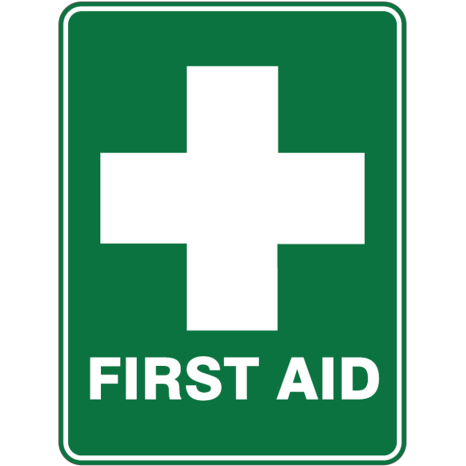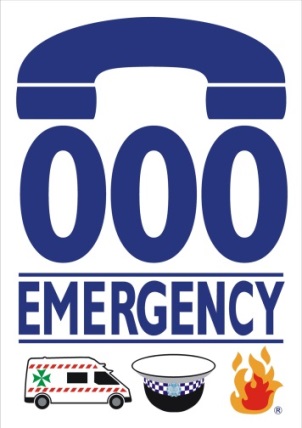
First aid is an important part of everyday life. Everyone should learn first aid and be willing to administer basic care until emergency assistance arrives.
Not every incident requiring first aid is a life-and-death situation. First aid knowledge is commonly used to manage minor injuries at home or work.
First aid is the immediate care of an injured or suddenly sick person. It is the care a person applies as soon as possible after an accident or sudden illness.
This prompt care and attention prior to the arrival of the ambulance can sometimes mean the difference between life and death or between a full or partial recovery.

The main aims of first aid are to:
It is important to understand that first aid has its limitations and does not take the place of professional medical treatment.
Taking immediate action is the essential principle in first aid. Bystanders or relatives may not recognise the basic symptoms of an injury or illness and may wait hours before calling for help. Often people are worried about "doing the wrong thing", so don't attempt any first aid at all. If a person is sick or injured, then they need help immediately.
A casualty who is not breathing properly or is bleeding heavily requires immediate assistance. Prompt, effective first aid gives the casualty a much better chance of recovery.
It is important that prompt action does not lead to panic and the first aider should form a plan of action. Careful and deliberate action undertaken without too much delay is most beneficial to the casualty. Try to remain calm and think your actions through. A calm and controlled first aider will give everyone confidence the event is being handled efficiently and effectively.
Each emergency is different, so it is impossible to provide you with a precise list of things you need to do for every emergency. However, if you follow the 'principles of first aid' as outlined, you should deliver appropriate care, even if you are not sure of what the underlying problem is.
Triple Zero (000) is Australia's primary emergency call service number and should be used to access emergency assistance from all telephones (landline, mobile phones and payphones) in the first instance.
'112' is the GSM standard emergency call service number for use with GSM mobile phones and offers special access features. 112 can also be dialed from other mobile phones, but will only offer the same features that dialing Triple Zero (000) provides. The 112 system can be dialed from anywhere in the world with GSM coverage and is then automatically translated to that country's emergency number. 112 can also be dialed in any network coverage area (for example, in Australia, it could be dialed on an Optus mobile that is out of coverage and be connected to the emergency number by Vodafone where there is coverage) even without the presence of a SIM card or having the PIN number for the phone.
'106' is the text-based emergency call service for people who are deaf or have a hearing or speech impairment. This service operates using a TTY (teletypewriter) and does not accept voice calls or SMS messages.
 Both 112 and 106 are secondary emergency call services numbers because they are for use only in relation to particular technologies. In a workplace there may be an internal number to call in an emergency and this should be clearly displayed on or around the telephone. Freeways and major roads have emergency phones marked by blue signs and with an arrow to point you in the direction of the nearest phone. These are linked to control centres, allowing them to pinpoint your position and get help to you quickly. There are many other methods of calling for help that can be considered when a telephone is not available.
Both 112 and 106 are secondary emergency call services numbers because they are for use only in relation to particular technologies. In a workplace there may be an internal number to call in an emergency and this should be clearly displayed on or around the telephone. Freeways and major roads have emergency phones marked by blue signs and with an arrow to point you in the direction of the nearest phone. These are linked to control centres, allowing them to pinpoint your position and get help to you quickly. There are many other methods of calling for help that can be considered when a telephone is not available.
These include:
If you are attending to a casualty, have a bystander telephone for help. If you are on your own, you may have to leave the casualty for a short time to make a call.
The specific circumstance surrounding the incident will dictate whether you call for help or whether you send a bystander. You should instruct the bystander to give some basic information to the operator. Get them to repeat it back to you to ensure the information is correct. Memory lapse is a common experience in an emergency situation. There are three important things to remember when calling for help:
There are 3 important things to remember when calling for help: